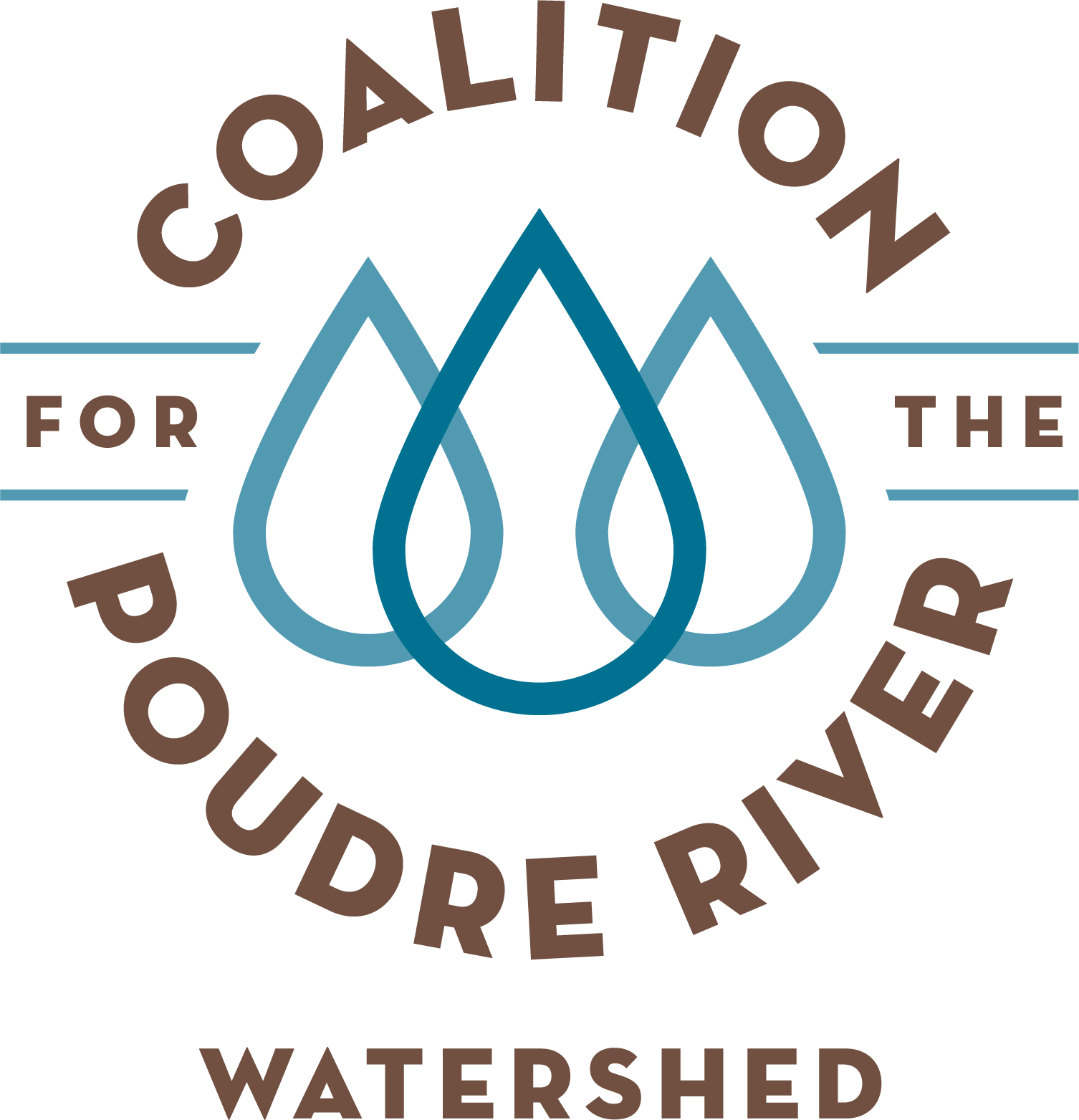Resilience Series (Part 1): What is Watershed Resiliency?
The term “resilience” is simply defined as the ability to recover quickly from difficulties or challenges. When rivers are more resilient, they are better prepared for events such as flooding and wildfire and more likely to recover in a cost-effective and timely manner.
“The capacity of a system to absorb disturbance and reorganize while undergoing change so as to still retain essentially the same function, structure, identity, and feedbacks (Holling, 1973).”
The Coalition for the Poudre River Watershed’s river resiliency work is multi-disciplinary in nature and is based on work from a variety of fields of science including ecology, hydrology and geomorphology. Our strategy is to reduce the risk of high severity wildfire, reduce flooding risk, and improve habitat and river corridor function.
Resilience is critical because of the diversity of ecosystem services and supplies that our forests provide to our communities. There is a long-term need to maintain or improve these services, even under fluctuating environmental conditions. Some of these important ecosystem services and supplies include: clean water, mitigation of natural hazards such as floods, wood products, recreation, cultural heritage, aesthetics, and the recycling of carbon dioxide into oxygen.
Local communities depend on our forests to provide relatively stable outputs, despite natural disturbances that could affect the quantity and quality of these ecosystem services and supplies.
One of the first steps in the process of creating a resilient Poudre River is planning. Funding from the Community Development Block Grant - Disaster Recovery Program administered by the Colorado Department of Local Affairs allowed us to complete both our Upper and Lower Poudre River Resiliency Plans. These master plans help CPRW and our partners identify and prioritize future work throughout the watershed.
The next post in our Resilience Series will cover the characteristics of a resilient watershed. Stay tuned!


